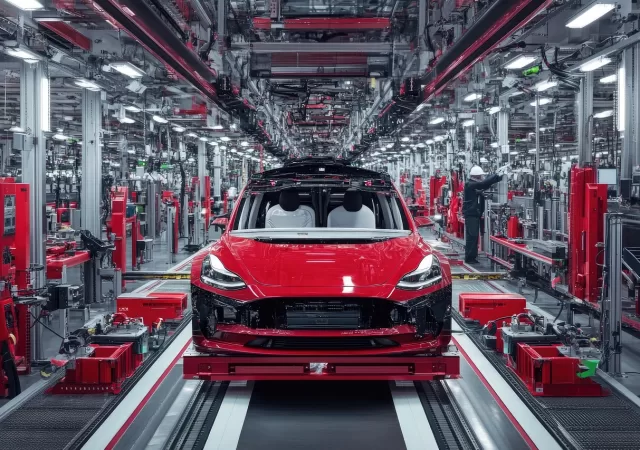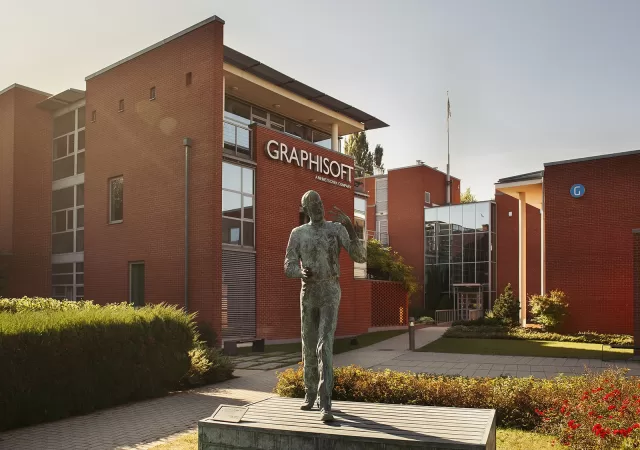Decarbonisation and transitioning between traditional energy sources is no small task. Baker Hughes weighs in on how AI and new technologies are enabling efficiency and efficacy.
Nothing’s Vision for the Future of AI Smartphones: A Direct Interview with CEO Carl Pei
Understand how Nothing leverages cutting-edge technologies instead of large language models to improve smartphone AI experiences.
Bridging the 20-Year IT/OT Divide in Manufacturing
The first steps to modernising manufacturing come with bridging the gap between OT and IT. Kelly Switt from Red Hat weighs in on how this can be done.
From “Bolt-On” to “Co-Pilot”: Red Hat’s Realistic AI Roadmap for Manufacturing
Digitization and AI deployment in the manufacturing space doesn’t need to revolutionary, it can be evolutionary according to Red Hat’s Kelly Switt.
HONORing Honesty? The Curious Case of the Magic V5’s “Thinnest Foldable” Claim
HONOR ran an ad comparing its Magic V5 to the Samsung Galaxy Z Fold7 and has been called out by the internet.
Riding the Digital Wave: Agile Manufacturing in ASEAN’s AI-Powered Future, Securing Every Byte
As digitalisation continues to be a cornerstone for most companies, manufacturing is riding a digital wave and evolving beyond just automation to implementation of AI solutions.
More Developers Aren’t Enough! Citizen Development Unlocks True Enterprise Digitisation
Digitisation an organization shouldn’t be solely dependent on developers, Ramesh Nanda Kumar from Kissflow highlights how “Citizen Development” may be the key.
SEA’s Health Tech Leap: Secure Data Powers Remote, Personalized Care
SEA’s is set to be the stage of large scale digitization in all sectors including the medical sector. DKSH weighs in on how it can impact the landscape and what hurdles there are to it.
Tech & The Human Experience: Navigating Trust, Personalization, and Digital Balance
As businesses approach a new, shifting reality, they will need to navigate barriers and shifts that will impact the way they leverage Generative AI and interact with customers.
Graphisoft is Designing the Future with Mindful Integration of Generative AI, Sustainability and Effiency
Graphisoft is designing a digitized future for the AEC industry with mindful integration of Generative AI and bringing key tools to the cloud to enable more collaborative workflows.

















